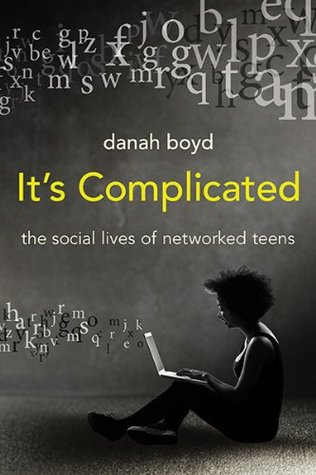More on this book
Kindle Notes & Highlights
by
Danah Boyd
Read between
March 31 - April 8, 2017
over 80 percent of high school students in the United States had a cell phone in 2010.
they were often sharing the screen with the person sitting next to them, reading or viewing something together.
And unlike the teens, they weren’t sharing their devices with others or taking photos of the event.
The spaces may change, but the organizing principles aren’t different.
as they participate in networked publics remain the same.
social media services like Facebook and Twitter are providing teens with new opportunities to participate in public life, and this, more than anything else, is what concerns many anxious adults.
The particular properties or characteristics of an environment can be understood as affordances because they make possible—and, in some cases, are used to encourage—certain types of practices, even if they do not determine what practices will unfold.7
None of the capabilities enabled by social media are new.
For adults to hear the voices of youth, they must let go of their nostalgia and suspend their fears.
Most teens are not compelled by gadgetry as such—they are compelled by friendship. The gadgets are interesting to them primarily as a means to a social end.
What matters is not the particular social media site but the context in which it’s situated within a particular group of youth. The sites of engagement come and go, are repurposed, and evolve over time.
Rather than asking themselves if the information to be shared is significant enough to be broadly publicized, they question whether it is intimate enough to require special protection. In other words, when participating in networked publics, many participants embrace a widespread public-by-default, private-through-effort mentality.
Encoding content, subtweeting, and otherwise engaging in social steganography offers one strategy for reclaiming agency in an effort to achieve privacy in networked publics. In doing so, teens recognize that limiting access to meaning can be a much more powerful tool for achieving privacy than trying to limit access to the content itself.
By imagining teens as balls of uncontrollable hormones, society has systematically taken agency away from youth over the past century.
The rhetoric of addiction positions children as vulnerable to the seductiveness of technology, which in turn provides a concrete justification for restricting access and isolating children.
Many adults put pressure on teens to devote more time toward adult-prioritized practices and less time socializing, failing to recognize the important types of learning that take place when teens do connect.
Second Self.
“Pseudonyms and the Rise of the Real-Name Web.”


